Maintaining the latest driver for your Canon iR-ADV 6075-U1 (FAX) Printer is important for ensuring that it performs at its best. In this article, we’ll show you how to download and install the Canon iR-ADV 6075-U1 (FAX) Driver, as well as provide some helpful troubleshooting tips in case you encounter any issues.
How to Automatically Install Canon iR-ADV 6075-U1 (FAX) Driver with DriverFix:
Using DriverFix to download and install the Canon iR-ADV 6075-U1 (FAX) Driver is a great way to save time and effort. The program handles all the heavy lifting for you, so you don’t have to worry about manually searching for and downloading the driver. Plus, it’s fast and efficient, so you can get your printer up and running in no time.
- Download DriverFix:
- Run the downloaded installer and follow the prompts to install DriverFix on your computer.
- Once DriverFix is installed, launch the software and click on the “Scan” button to scan your system for outdated or missing drivers.
- After the scan is complete, DriverFix will display a list of drivers that need to be updated.
- Find the Canon iR-ADV 6075-U1 (FAX) Driver in the list and click on the “Update All Drivers Now” button.
- DriverFix will now download and install the latest version of the Canon iR-ADV 6075-U1 (FAX) Driver on your computer.
- Once the installation is complete, restart your computer to apply the changes.
- That’s it! You should now have the Canon iR-ADV 6075-U1 (FAX) Driver installed and working properly on your computer.
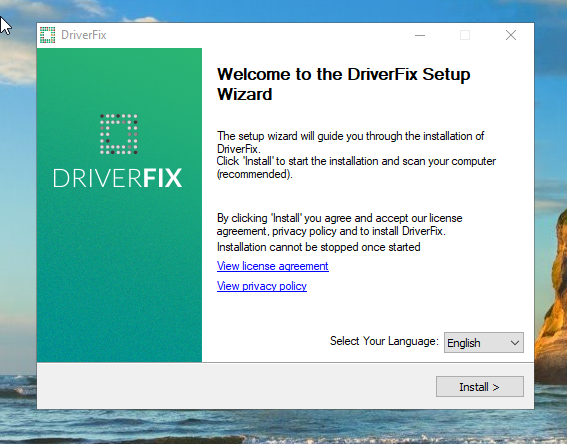
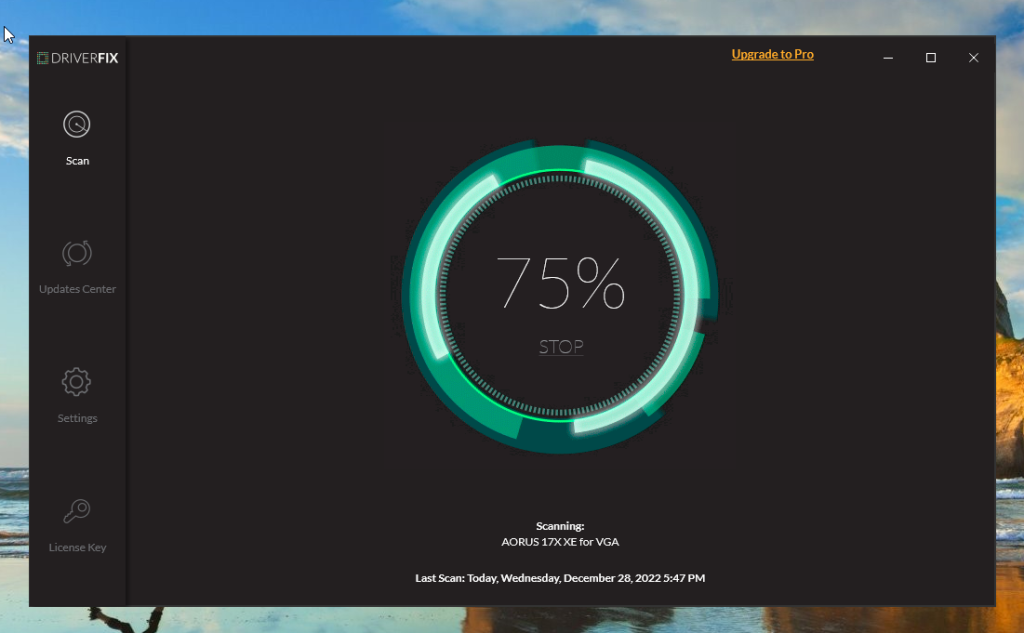
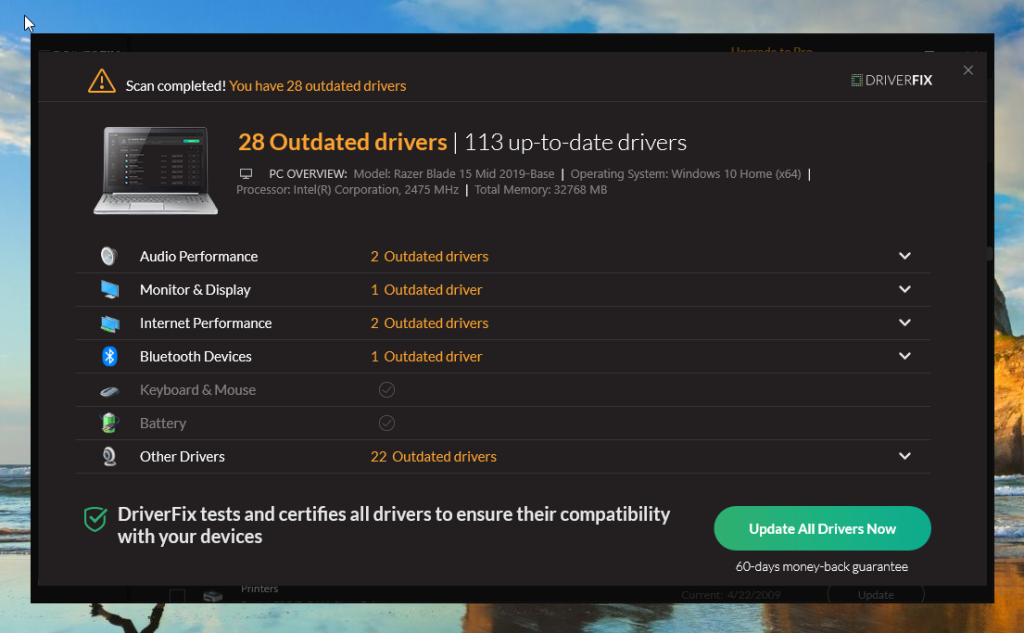
How to Manually Install Canon iR-ADV 6075-U1 (FAX) Driver with Windows Update
One of the advantages of using Windows Update to install the Canon iR-ADV 6075-U1 (FAX) Driver is that it’s a quick and easy process. Simply follow the on-screen instructions to check for updates, and the program will automatically download and install the latest driver for your printer. Plus, you can trust that the driver is legitimate, as it’s sourced directly from the manufacturer.
- Press the Windows key + R on your keyboard to open the Run dialog box.
- Type “devmgmt.msc” into the Run dialog box, and press Enter to open the Device Manager.
- In the Device Manager, find the Canon iR-ADV 6075-U1 (FAX) Printer device under the “Printer” or “Other devices” section.
- Right-click on the device and select “Update driver” from the context menu.
- In the Update Driver Software window, select “Search automatically for updated driver software.”
- Windows will now search online for the latest version of the Canon iR-ADV 6075-U1 (FAX) Driver and install it on your computer.
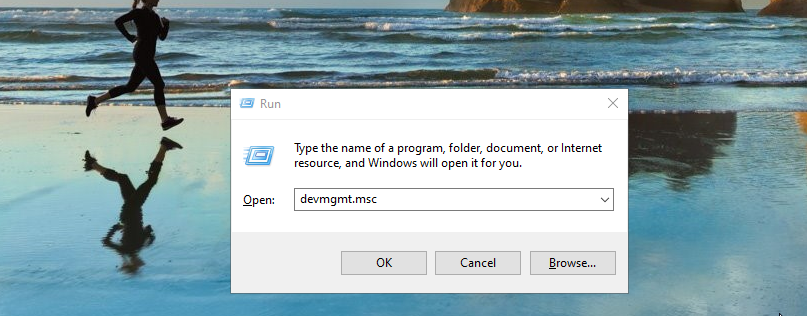

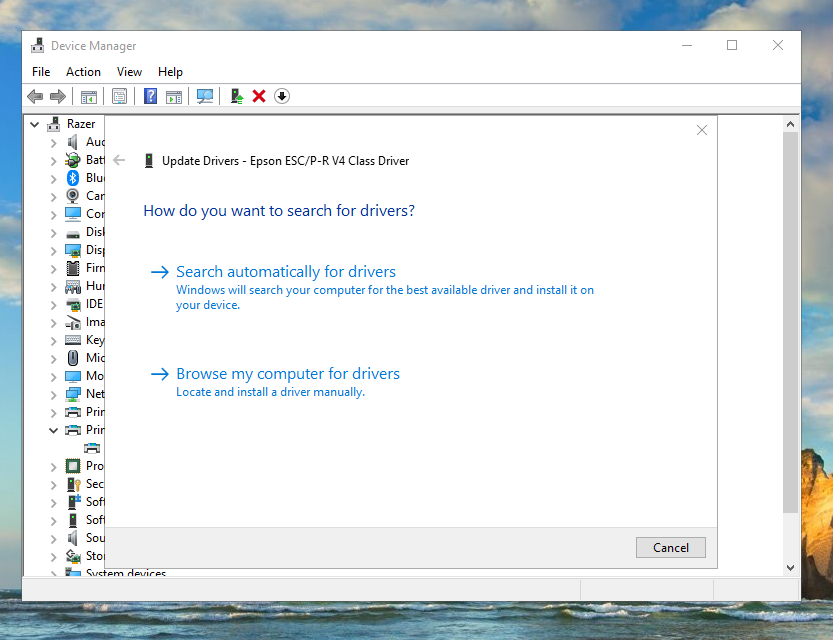
How to Manually Install Canon iR-ADV 6075-U1 (FAX) Driver with Device Manager
Using Device Manager to install the Canon iR-ADV 6075-U1 (FAX) Driver is a convenient and efficient way to ensure that your printer is up to date. The program handles all the heavy lifting for you, so you don’t have to worry about searching for and downloading the driver manually. Plus, it’s fast and reliable, so you can get your printer working smoothly in no time.
- Press the Windows key + R on your keyboard to open the Run dialog box.
- Type “devmgmt.msc” into the Run dialog box, and press Enter to open the Device Manager.
- In the Device Manager, find the Brother MFC-L6750DW XML Paper device under the “Printer” or “Other devices” section.
- Right-click on the device and select “Update driver” from the context menu.
- Select “Browse my computer for driver software” in the Update Driver Software window.
- Click on the “Browse” button and navigate to the location where you have saved the Brother MFC-L6750DW XML Paper Driver file on your computer.
- Select the driver file and click “Open” to select it.
- Click “Next” to begin the installation process.
- Follow the prompts to install the Brother MFC-L6750DW XML Paper Driver on your computer.


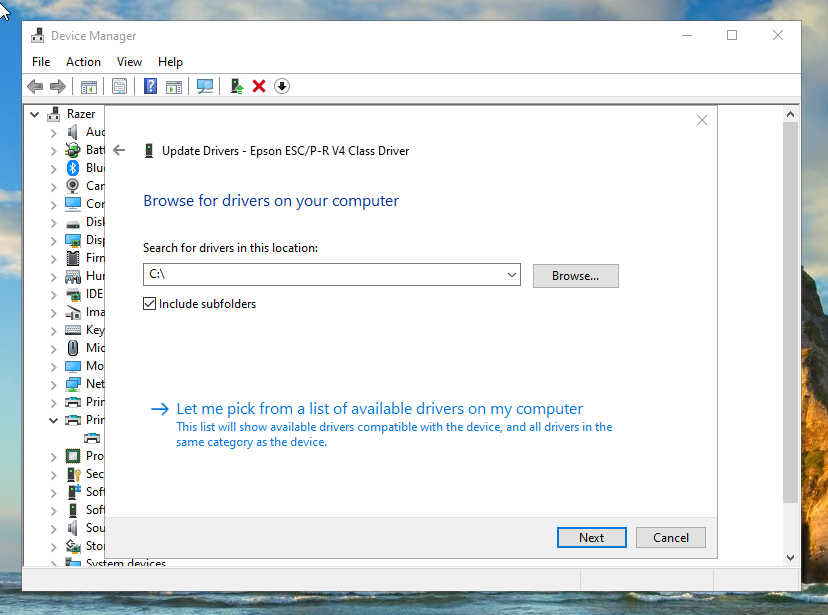
Why Properly Configuring the Canon iR-ADV 6075-U1 (FAX) Driver is Essential
To wrap up, the Canon iR-ADV 6075-U1 (FAX) Driver plays a critical role in the performance of your printer.
